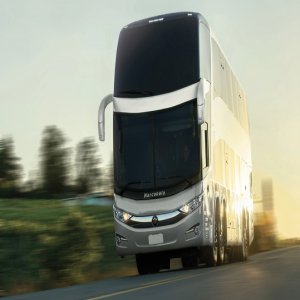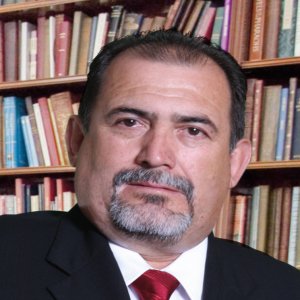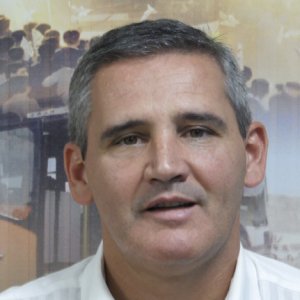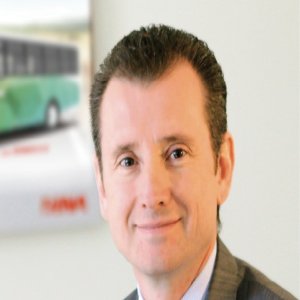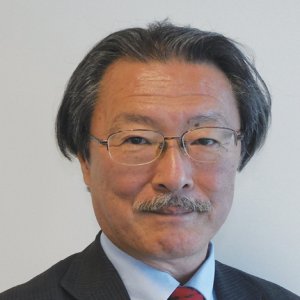Leading the Charge in Sustainable Mobility

STORY INLINE POST
Sustainable solutions are currently a key driver in terms of mobility developments in Mexico. Some companies are focusing on improving their technology to incorporate ULSD, which is expected to be 100% available no later than 2018. Meanwhile, others are betting on alternative energy sources, commonly choosing natural gas as the newly preferred heavy vehicle fuel for urban transportation. In the midst of this transition, a Mexican company has decided to enter the fray, with hopes of leaving its mark on the heavy vehicle market. More than just a normal bus supplier, DINA has set the goal to become a sustainable transport solutions provider, as well as a generator of new ideas and technological innovation. Jaime Muñiz, Purchasing, Quality, and Engineering Director of DINA, stated that DINA’s commitment to the needs of its customers is based on improving the level of satisfaction the company might perceive. In line with that strategy, DINA’s ambition is to become a consultant and business partner for all its clients in the fleet management sector.
According to Muñiz, DINA is committed to creating an integral product offering that is able to compete against any international player in the country. “One of the most important decisions we have made is to work on innovations and the development of new technological platforms, which would allow us to address the needs of the domestic and the international market,” he states. This is a huge endeavor in an industry where most competitors work beyond the quality standards demanded by national regulations. Nevertheless, DINA is now one of the companies driving the change toward sustainable mobility, and is aware of the challenge that population growth poses for Mexico’s main cities, as well as the necessary improvements to infrastructure required to align with international best practices. “We need proper transportation systems and a well-supported network that guarantees efficiency, connectivity, safety, and a true commitment to the environment in urban and suburban areas,” adds Muñiz. “We must also rearrange routes so that more people will want to use public transport, leaving private vehicles as their second priority. The country is slowly creating a better understanding in terms of sustainable mobility, and DINA is fully committed to this transition.”
Currently, DINA has a 14% market share in the Mexican bus market, making it one of the leaders in terms of manufacturing and commercialization of natural gas engines. The company has been developing this business model over the last five years, ever since it presented the Linner G product line for the first time in 2009. Since then, the strategy has progressed, adding more operators, authorities, and even civil associations to the promotion of these vehicles. By the end of 2015 DINA expects to have close to 1,000 natural gas units circulating in the country. However, for this strategy to be successful, there needs to be a change in the industry’s mindset. Muñiz claims that DINA’s commercialization program has changed, favoring large projects and the growth of emerging SMEs, and leaving the owner-operator scheme behind. This has been a notable trend in the market, with a huge impact on the development of new technology for buses and other heavy duty vehicles. With a lower number of clients to address, companies can move away from unit differentiation, Evidently, a lower number of clients does not mean less work for the company, given that sales and post sales services are two of the most important factors to ensure future customer loyalty. With that in mind, DINA has focused most of its efforts on listening and interpreting the needs of its clients correctly, ultimately offering a better product with every renovation. “We want to provide our clients with the best products and the best savings program. That is why we are focused on delivering buses with the highest performance, whether it is by implementing sustainable and economic fuels like natural gas, or by offering better prices through components that make our vehicles more affordable,” says Muñiz. “Our distribution and service network has been a huge advantage to our clients, since it allows us to be close to them, understand their requirements, and make quick decisions if the situation demands it.” This responsibility to its clients is one of DINA’s main advantages, enabling the company to offer personalized training, proper attention in authorized service centers, global maintenance policies, and a range of after sales services.

